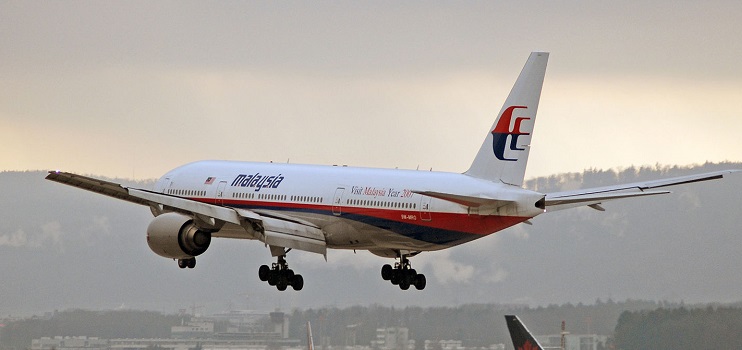MH370 Hope
04 March, 2016
3 min read
By joining our newsletter, you agree to our Privacy Policy


Investigators leading the massive international search effort for MH370 believe they are in the right area and the downed plane will be found in the coming months.
Ahead of the two year anniversary of the disappearance of the plane and all 239 people on board, investigators have confirmed a recent refinement of the suspected flight path analysis shows them they are now looking in the area of highest probability.
This has been backed up by reverse drift modelling from the University of WA.
Yesterday Australian Transport Safety Bureau chief commissioner Martin Dolan told Airline Ratings that he was “optimistic” that MH370 would be found before the agency covered the entire 120,000 sq km search area.
Mr Dolan said there were three more areas of particular interest yet to be searched.
He said that the four ships involved in the search had “completed about three quarters [85,000 sq km] of the search area” and he was happy with the “quality and quantity of the resources being deployed.”
It came after debris was discovered on Mozambique this week, presenting what could be another breakthrough in the ongoing search for answers.
UWA oceanographer Professor Charitha Pattiaratchi said that drift modelling showed that if the crash was further south than the current search location then the flaperon discovered last July “would not have got to Reunion Island in the timeframe.”
“If the crash site was to the north then it would have got there too quickly – so they are looking in the right area.”
And the same analysis holds for the suspected piece discovered this week of Mozambique by American Blaine Gibson.
Mr Blaine, who has been mounting his own search, consulted Professor Pattiaratchi about where to look for debris.
“I told him that debris would start appearing in the Mozambique Channel from September last year,” said Professor Pattiaratchi.
The latest find will be brought to Australia for examination, with Transport Minister Darren Chester saying its location was consistent with drift modelling based on the plane crashing in the area being probed.
It follows the discovery of a flaperon which washed up on Reunion Island in September last year.
The refined area which is now being investigated was identified by Boeing 777 captain and mathematician Simon Hardy.
In a detailed analysis Captain Simon Hardy identified a location at the southern and western end of the search area where he believes MH370 crashed.
The search, which is the most expensive and complex underwater search in history, involves three search vessels towing side scan sonars and the fourth, the Havila Harmony, using an autonomous underwater vehicle.
The AUV is surveying some of the most difficult portions of the search area, such as mountainous regions, that cannot be searched effectively.
Some of the search area has been liken to the Swiss Alps in topography.
The search costs are expected to top $200 million with Australia footing well over half the cost.
Get the latest news and updates straight to your inbox
No spam, no hassle, no fuss, just airline news direct to you.
By joining our newsletter, you agree to our Privacy Policy
Find us on social media
Comments
No comments yet, be the first to write one.


